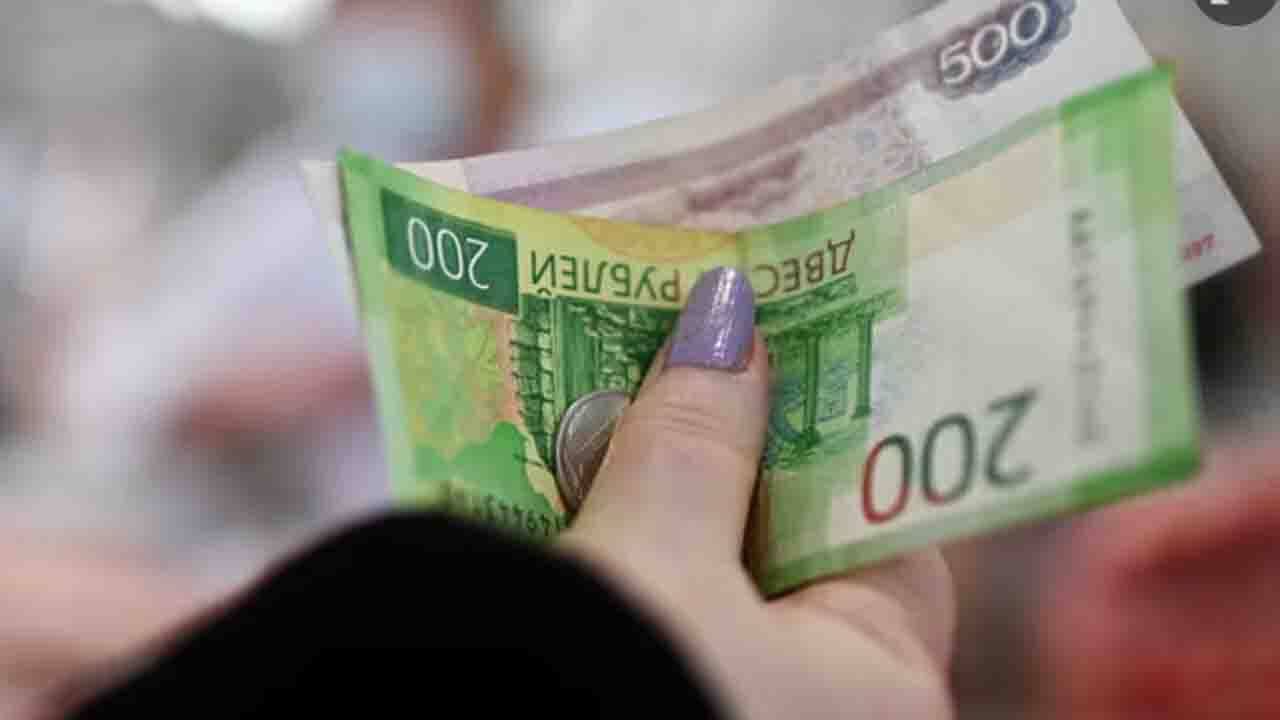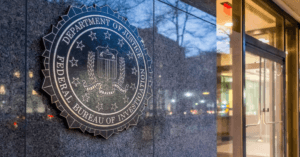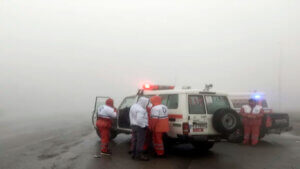The Russian rouble has plunged to its weakest level against the US dollar since the initial weeks of Russia’s full-scale invasion of Ukraine. The sharp decline comes as new Western sanctions and escalating geopolitical tensions weigh heavily on the country’s economy.
On Wednesday, the rouble fell to 110 per dollar, marking its lowest point since March 16, 2022. Before Russia’s invasion of Ukraine in February 2022, the rouble traded at a much stronger rate of 75-80 against the dollar.
New Sanctions Add Pressure on Russia’s Economy
The latest blow to the rouble follows fresh US sanctions targeting Gazprombank, Russia’s third-largest bank. Gazprombank has played a critical role in managing payments for the dwindling Russian natural gas exports to Europe.
Earlier sanctions had largely exempted Russian gas due to Europe’s heavy reliance on these supplies. However, with Europe now significantly reducing its dependence on Russian energy, the sanctions on Gazprombank could further cut into Moscow’s gas revenues and foreign currency reserves.
Impact of a Weak Rouble
The rouble’s decline is a double-edged sword for Russia. On one hand, a weaker currency boosts revenue for the Kremlin by increasing the value of energy exports priced in foreign currencies. This extra income is critical for funding its war in Ukraine and maintaining domestic public spending.
On the other hand, the weakened currency has serious consequences for everyday Russians. Imported goods become more expensive, reducing purchasing power and fueling inflation. Already, inflation in Russia is surging, projected to reach 8.5% this year—double the Central Bank’s target.
The economic strain is reflected in the “borscht index,” a cost-of-living tracker that monitors the prices of ingredients needed for the traditional Russian soup. According to the index, the cost of these ingredients has risen 20% compared to 2023.
High Interest Rates and Stagflation Risks
In response to rising inflation, Russia’s Central Bank raised interest rates to 21% last month, their highest level in over two decades. Another rate hike is expected in December.
While these high interest rates aim to curb inflation, they also come with significant downsides. Businesses face higher borrowing costs, and economic growth slows as a result. Economists warn that Russia is showing signs of stagflation, a troubling combination of sluggish growth and high inflation.
A report from the Institute of Economic Forecasting at Russia’s Academy of Sciences highlighted a slowdown in economic activity and worsening financial conditions across several sectors. Growth, the report noted, is mostly confined to industries linked to the military, while other sectors remain stagnant or see minimal progress.
The Kremlin’s Perspective
Despite the economic challenges, Russian Finance Minister Anton Siluanov suggested that the weak rouble has its advantages. Speaking at a financial conference in Moscow, Siluanov noted that the sliding exchange rate is “very favourable” for exporters, helping to offset the negative effects of the Central Bank’s high interest rates.
“I’m not saying whether the exchange rate is good or bad,” he said. “I’m just pointing out that today, the exchange rate is very, very beneficial for exporting companies.”
Resilient but Strained Economy
Russia’s economy has so far proven more resilient to Western sanctions and the pressures of war than many analysts initially predicted. However, cracks are beginning to show. Military spending has surged, with nearly one-third of the 2024 national budget allocated to defense—the highest proportion since the Cold War.
This militarization is putting immense strain on the economy. Analysts Alexander Kolyandr and Alexandra Prokopenko argue that the focus on military spending is stifling growth in other sectors.
“The only place where growth remains noticeable is in sectors linked to the military,” they wrote in a recent report. “Everywhere else, growth is either absent or, at best, minimal.”
Labour Shortages and Long-Term Concerns
Russia’s economy is also grappling with a deepening labour shortage. Many working-age men have either been conscripted into the military or fled the country, leaving businesses struggling to find skilled workers.
These challenges raise questions about the sustainability of Russia’s economic model in the long term. As the war drags on and military expenditures continue to rise, the strain on public finances and domestic industries is becoming increasingly evident.
A Complex Balancing Act
While the weak rouble offers short-term benefits for the Kremlin, such as higher export revenues, it also highlights the broader economic challenges facing Russia. Inflation, stagnant growth, and a shrinking labour force are creating a difficult environment for businesses and households alike.
The ongoing war in Ukraine and the growing weight of international sanctions add further uncertainty, making it harder for Moscow to chart a stable economic course.
As the rouble continues to slide, Russia’s leaders face the tough task of balancing military ambitions with domestic economic stability—a challenge that will likely define the country’s economic trajectory in the months and years ahead.
Key Takeaways for Russia’s Economy
- Rouble at Record Low: The currency has hit its weakest level since the early weeks of the Ukraine war, reflecting the strain of sanctions and economic pressures.
- Inflation Surge: Rising prices are eroding purchasing power, with inflation projected to hit 8.5% this year.
- High Interest Rates: The Central Bank’s 21% benchmark rate is aimed at controlling inflation but risks stifling economic growth.
- Military Spending Dominates: Nearly one-third of the 2024 budget is allocated to defense, leaving little room for investment in other sectors.
- Long-Term Challenges: Labour shortages and an over-reliance on military-related industries are raising concerns about the economy’s future sustainability.
Russia’s economic resilience has surprised many, but cracks are beginning to appear. Whether the Kremlin can navigate these challenges while continuing to fund its war effort remains an open question.




